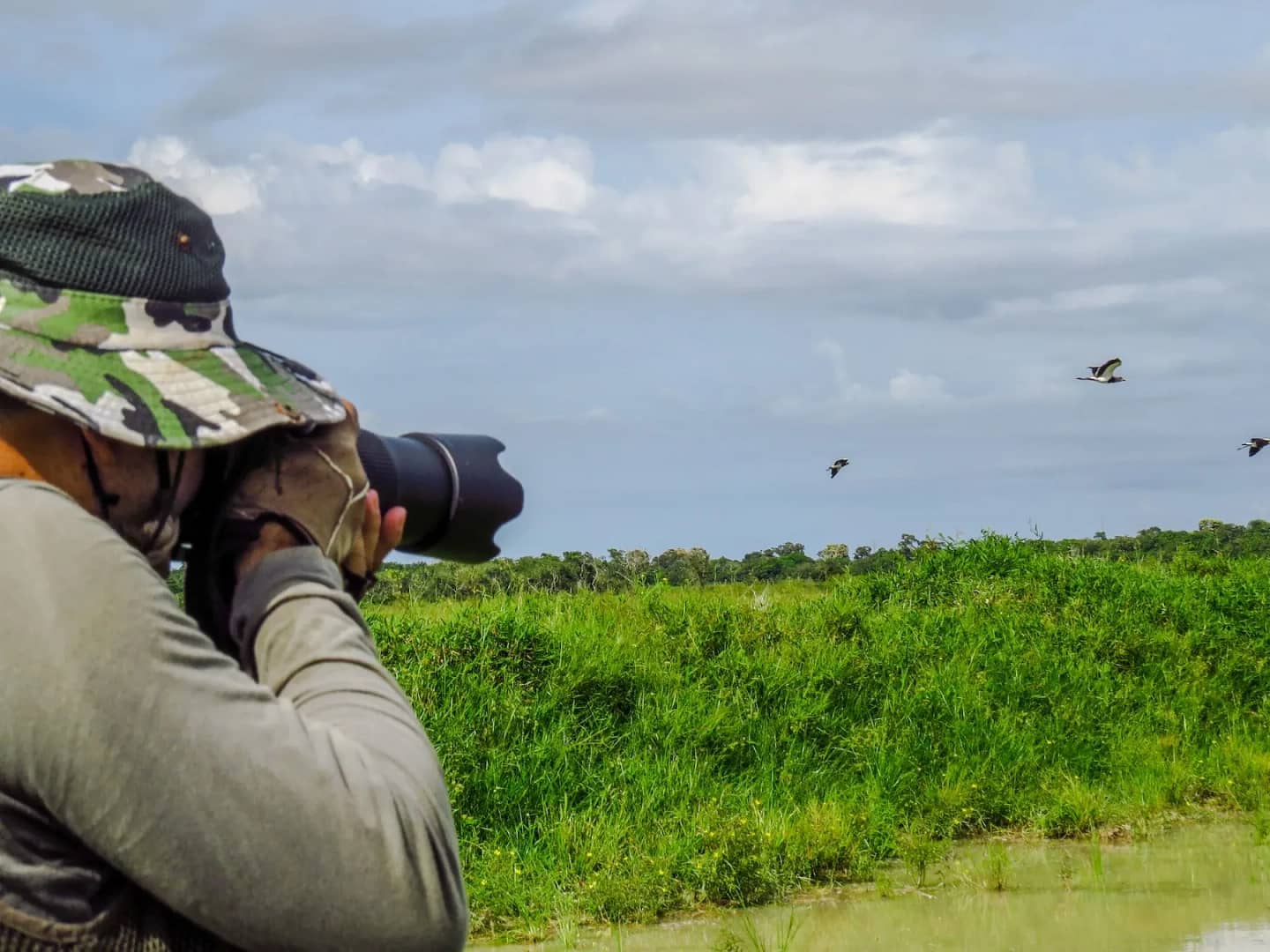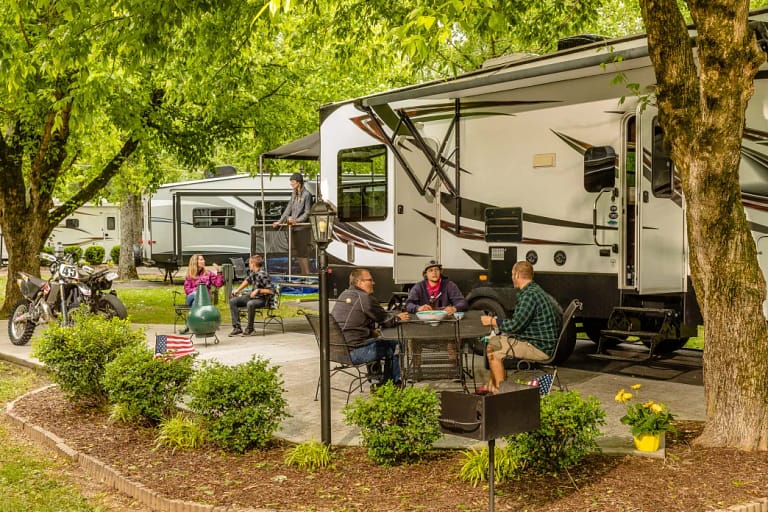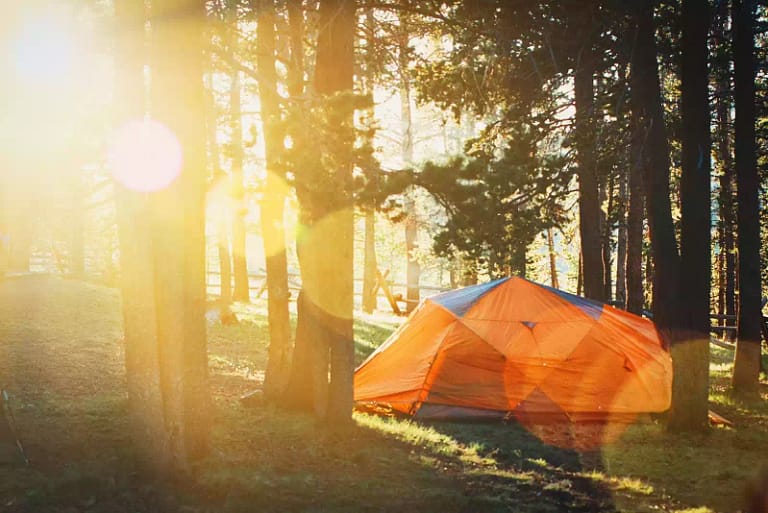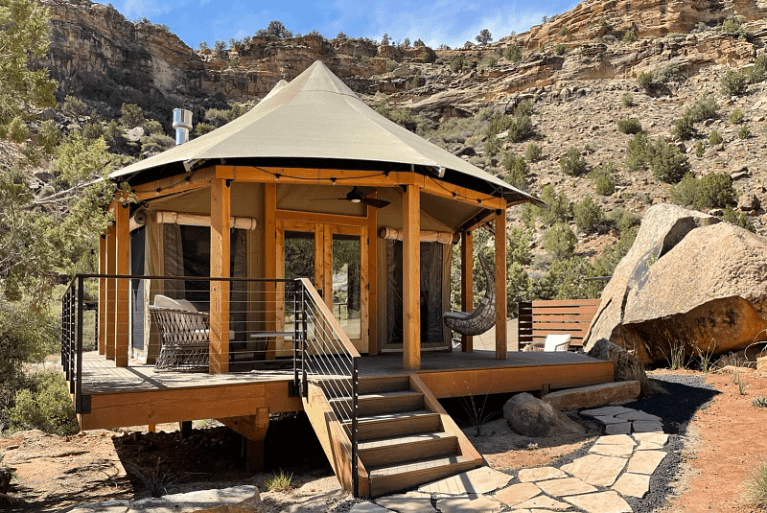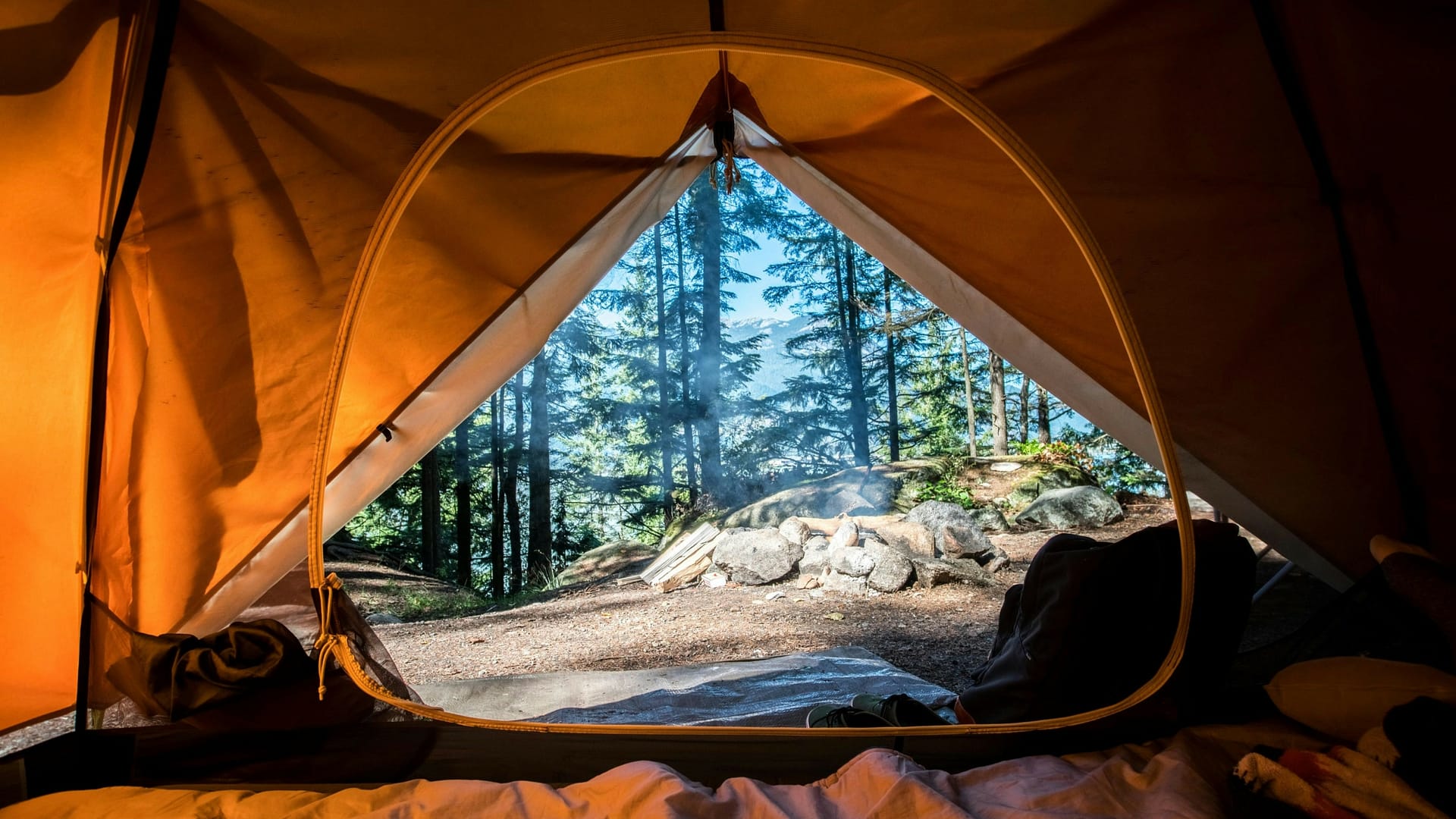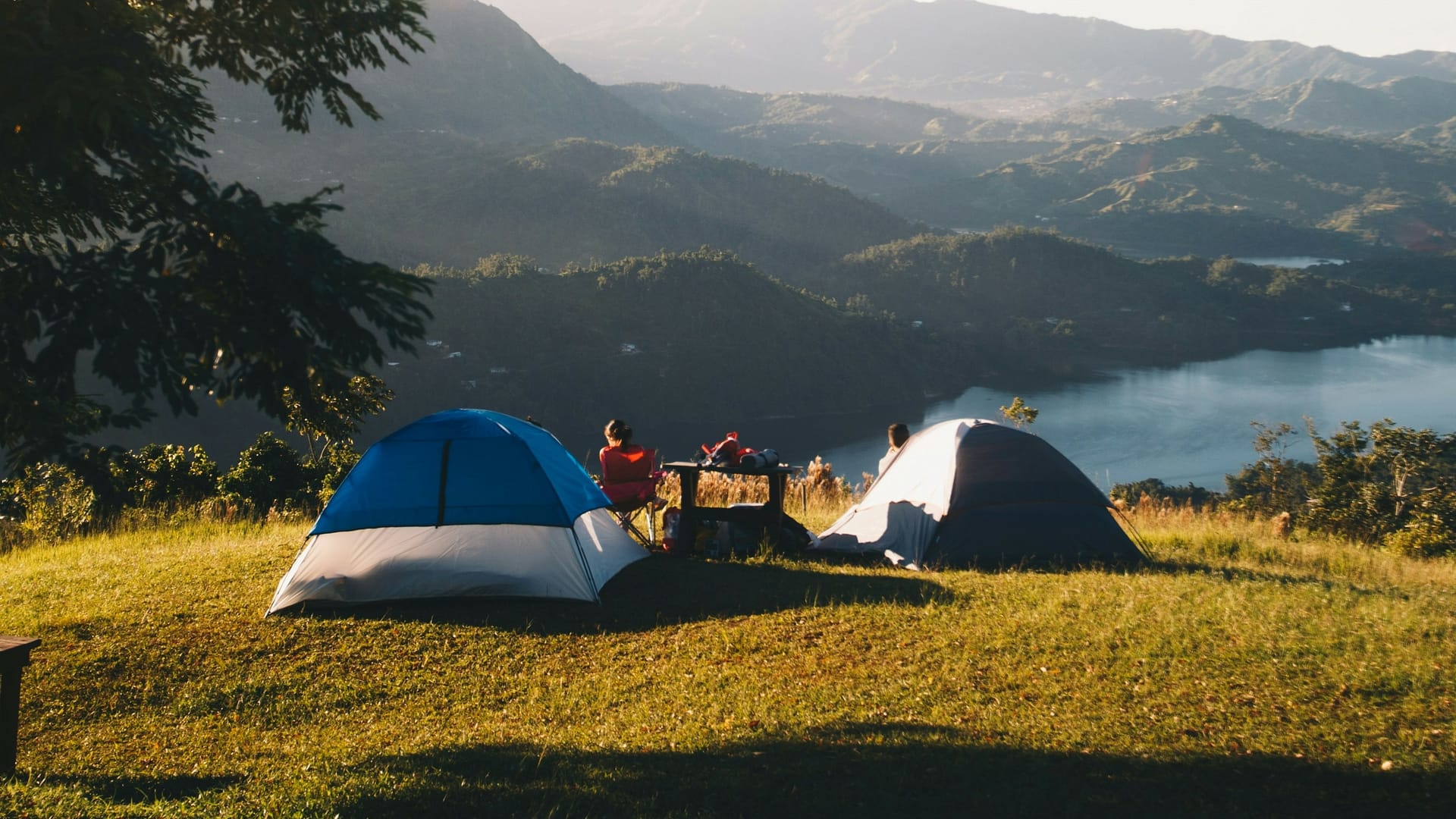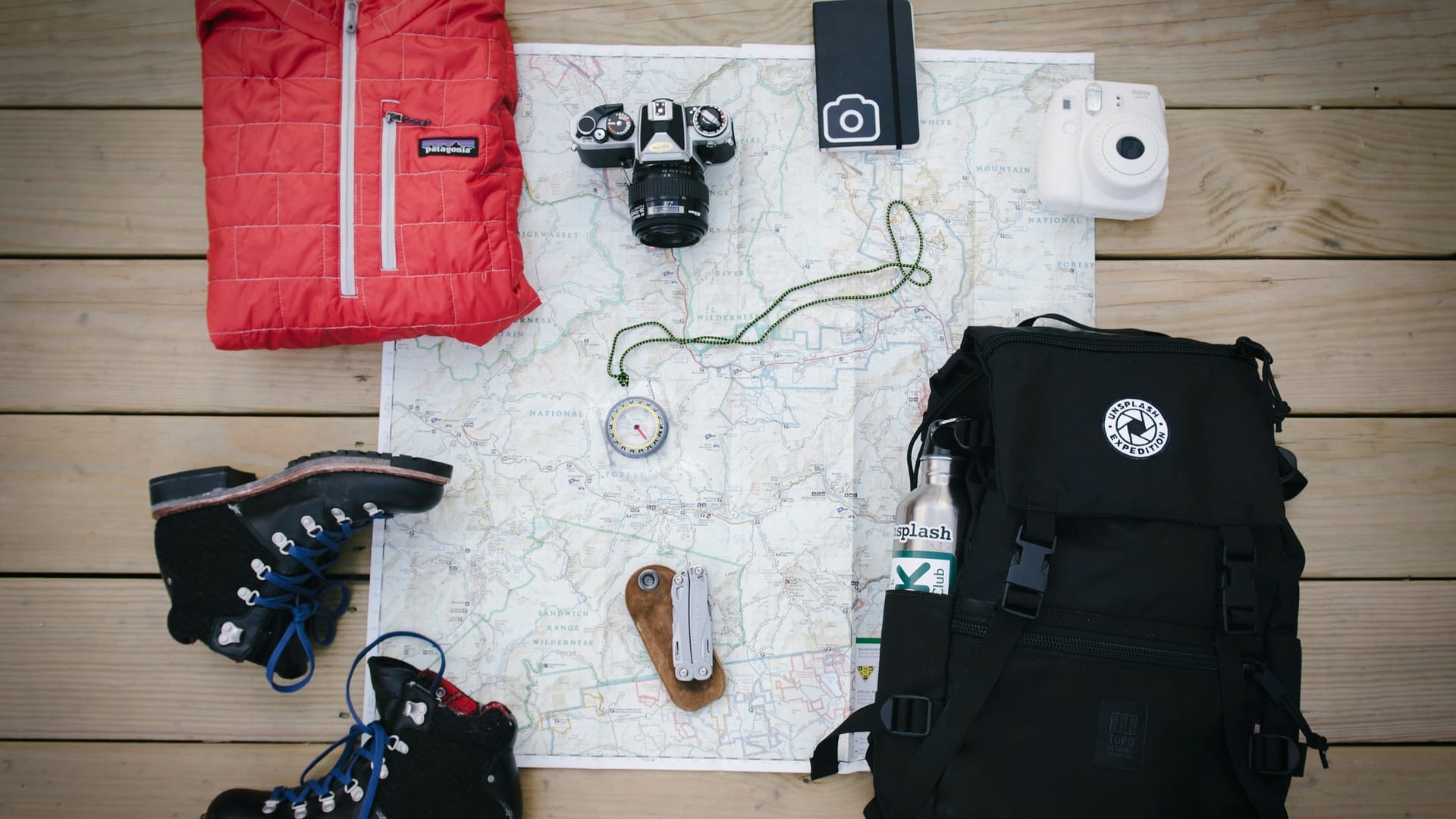In this article:
ToggleWhat Is Birdwatching?
OK, we covered this. Birdwatching is watching birds. That’s it. But what about birding? Is that different? And ornithology? The three terms are often used interchangeably, and when you’re getting into birdwatching for beginners, just call it whatever you want. The more persnickety of experts beg to differ, though. They clarify that birdwatching refers to simply watching birds for pleasure. Birding is birdwatching with intent, specifically looking for birds and mindfully observing them. Birders usually refer to a field guide and take notes or keep a log. Ornithology is the scientific or academic study of birds. Maybe don’t call yourself an ornithologist if you’re just getting started (especially not around bird folks with letters after their name).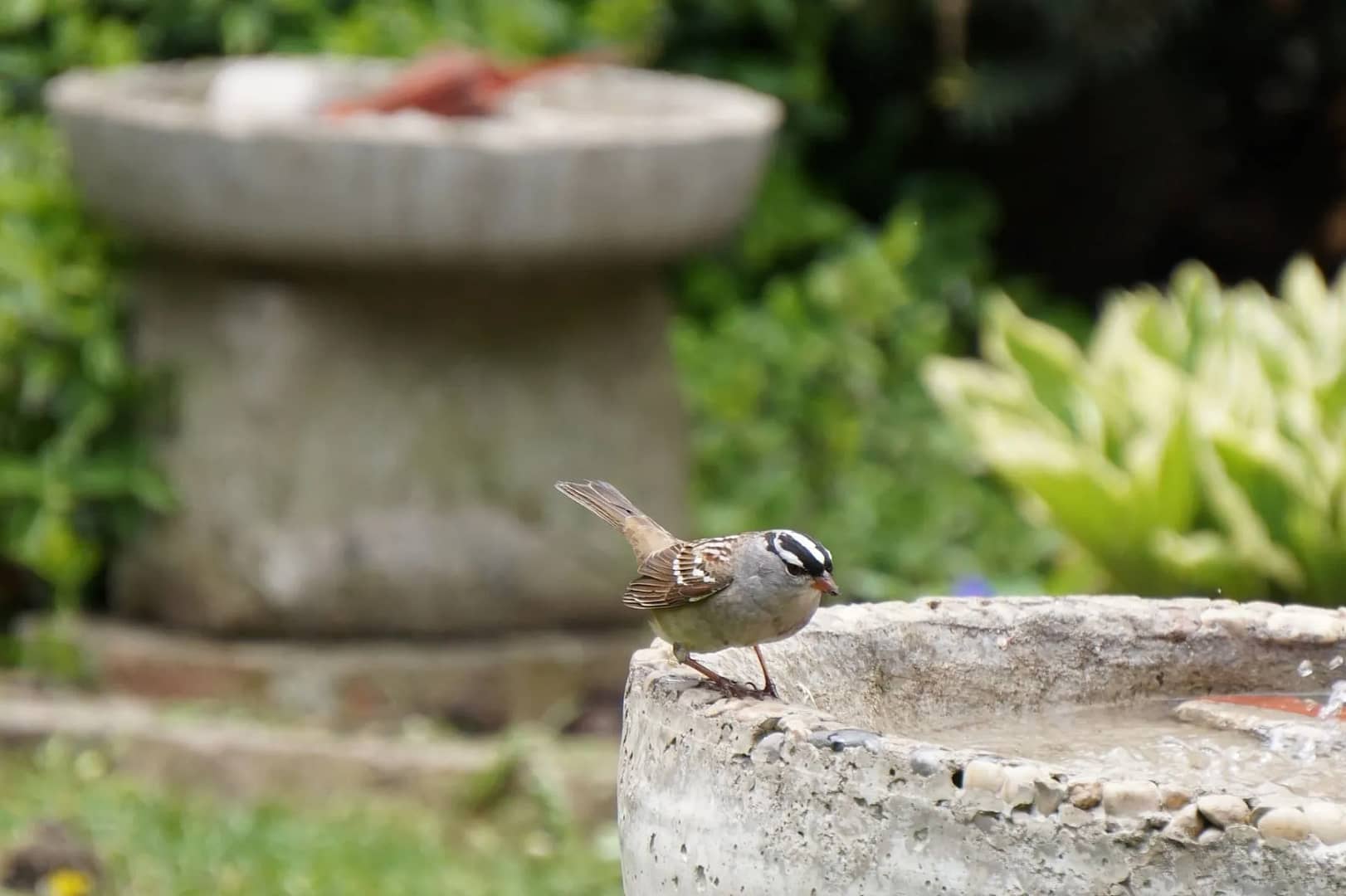
101 Guide: Birdwatching for Beginners
There comes the point in every outdoor enthusiast’s life, perhaps during a zen-like moment of oneness with nature, when a particular thought passes through the mind. That thought is: Should I get into birdwatching? And the answer is — yes! Why not give it a try? After all, birdwatching for beginners requires minimal preparation and zero prior knowledge. Just get outdoors, ideally, with a pair of binoculars, look for some birds, and watch them.
Yep, birdwatching is exactly what the name suggests. Watching birds. Outside. Even when you complicate things with equipment, guides, apps, and logs, it’s still as straightforward a hobby as it gets and a very rewarding one. You might feel silly at first. You might not know the difference between a warbler and a wader. But you won’t regret spending peaceful time outdoors, and it might just develop into a lifelong birding obsession.
If you’re worried that birdwatching isn’t exciting enough for you, just remember that birds are direct descendants of dinosaurs. So in a way, birdwatching is really dinosaur tracking. What could be cooler than that? Another way to add an element of action to birdwatching for beginners is to combine it with a camping trip.
How to Get Started
The best way to get started with birdwatching for beginners is right outside your door — if you have a garden, excellent! Sit outside and see how many birds you can spot. Encourage birds to visit your property by setting up a bird feeder or two, plus a birdbath or fountain. Otherwise, seek out parks or other green spaces near your home.
Trails, ponds, beaches, nature preserves, and state and national parks are ideal, but urban parks and green belts often have abundant birdlife too. Birds are easily found anywhere with water and greenery. Look in tall trees and shrubs along the edges of streams and open fields. You’ll learn that different types of birds prefer different habitats. Birds are most active and therefore easily spotted, early in the morning, according to the Audubon Society.
Binoculars are not essential for beginners, but they certainly help. There’s no need to invest in a pricey pair of “bins” (as serious birders call them), but you might consider doing so later. Start your birdwatching adventures by sitting still, looking and listening out for birds, and locating and observing them.
Want to combine birdwatching with camping? Create an account with BookOutdoors today.
So You Spotted Some Birds…
You’ve spotted some birds! You’re sitting still and watching them! They’re actually quite fascinating! Now what?
So we claimed that birdwatching is just watching birds. Here’s the spoiler – there is actually more to it. Birders seek to identify the species of the birds they’re watching and usually like to record that in some way. For this, you need a birding guide. It could be a book. Start with a compendium of North American birds as well as a local or regional guide. Birding apps are amazing and especially useful for beginners. They let you search and narrow down species by characteristics, listen to birdsong samples, log your sightings, and much more.
Identifying birds means comparing your observations to bird characteristics listed in your guides or app. The major things to note are size, shape, color pattern, behavior, and habitat. Here are more specific “field marks” to look for when you’re watching birds:
- Wing shape when flying
- Bill shape
- Tail shape and length
- Tail patterns
- Rump patches
- Eye stripes or rings
- Wing bars or other patterns
- Breast stripes or spots
Taking photographs of birds can be handy, allowing you to inspect them more closely later. In fact, birding and photography are very complementary hobbies. However, be mindful of spending too much time trying to get a photo and forgetting to enjoy watching the birds with your own two eyes.
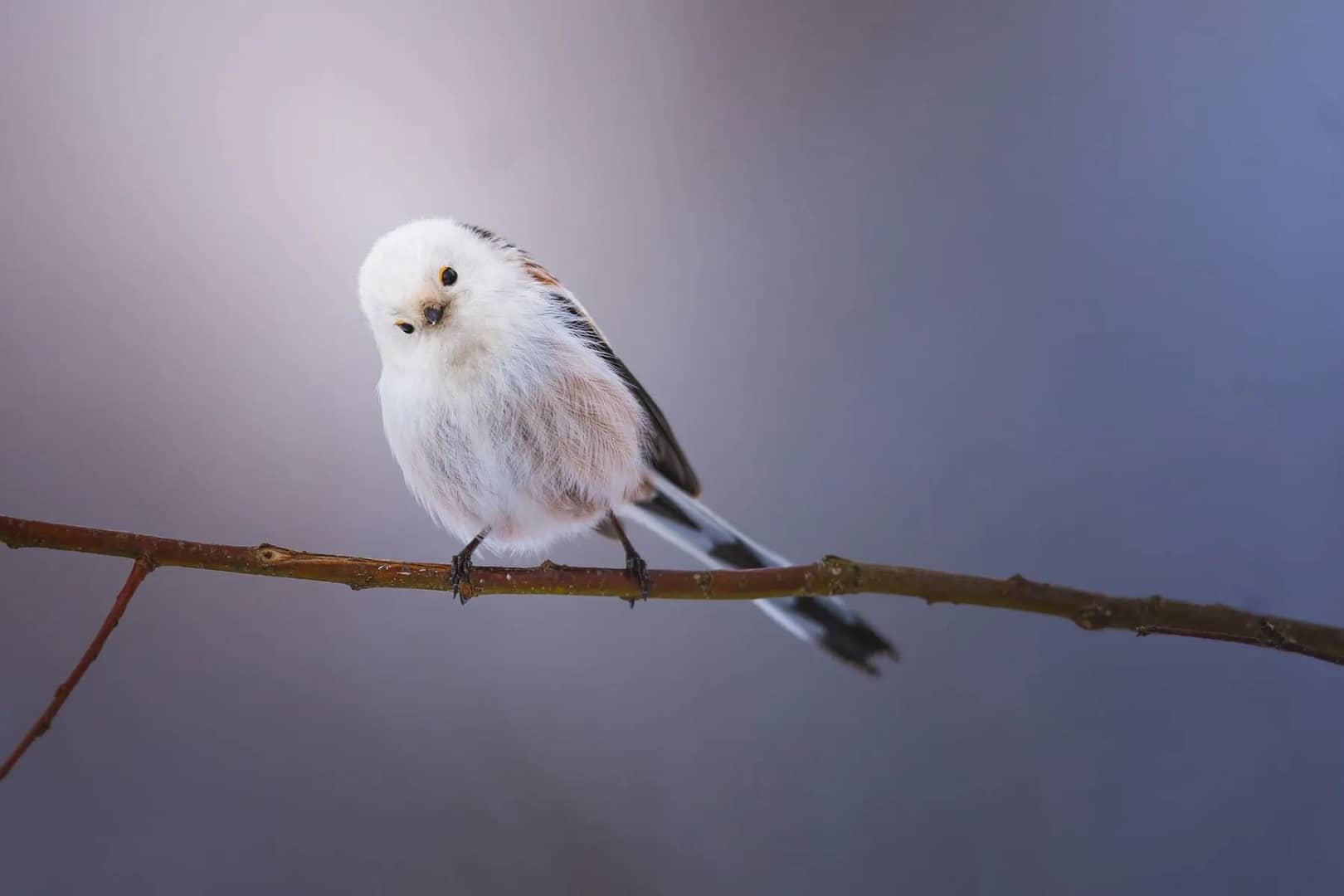
Keeping a Bird Log
Most birders keep a bird log, which is a running list of the birds they’ve seen. This could be a lifetime log or a new one for each year. It helps birders remember their experiences and create goals such as spotting certain species. Most apps come with a log feature, and guides usually have a checklist. Make a copy if you’re horrified by the idea of writing in a book. You could also use a regular notebook, buy a stylish birding journal, use printables, make a digital scrapbook or create an elaborate set of spreadsheets.
Responsible Birdwatching for Beginners
You know how you practice Leave No Trace principles when camping? Similarly, you should brush up on birding ethics. This really just means respecting and protecting birds and their habitats, being cautious around active nests, colonies and feeding sizes, and minimizing disturbance.
So You Love Birdwatching! What’s Next?
If your first forays into birdwatching for beginners have you hooked, there are countless ways to expand upon your new hobby. You might join a local birding group, participate in the annual Great Backyard Bird Count, or start to plan your vacations around birdwatching. Fortunately, birding is very compatible with other outdoor pursuits like hiking, photography, kayaking, and, of course, camping!

